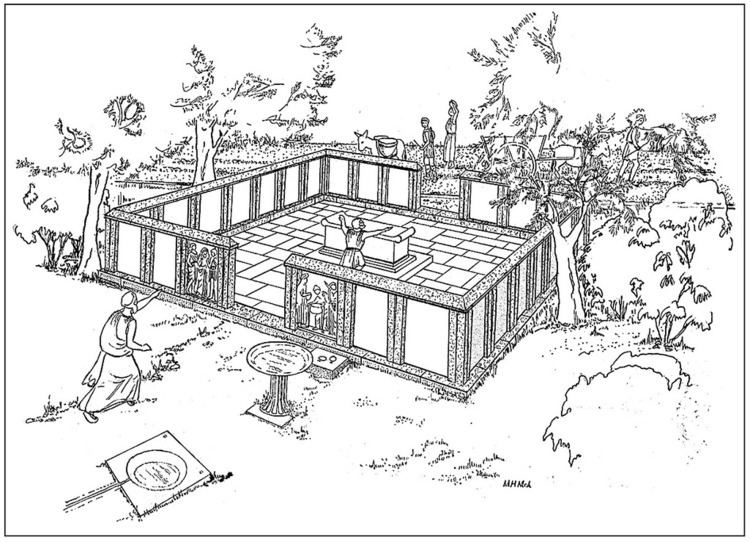 | ||
Similar Temple of Ares, Odeon of Agrippa, Stoa of Zeus | ||
The Altar of the Twelve Gods (also called the Sanctuary of the Twelve Gods), was an altar and sanctuary at Athens, located in the northwest corner of the Agora. The altar was set up by Pisistratus (son of Hippias and grandson of Pisistratus the tyrant), during his archonship, in 522/1 BC. It marked the central point from which distances from Athens were measured and was a place of supplication and refuge.
Contents
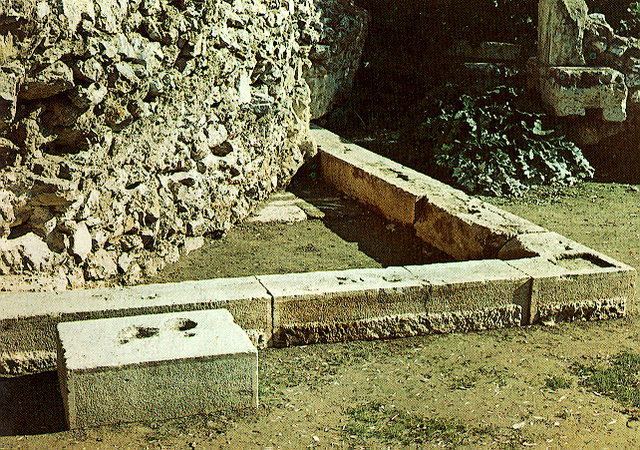
The exact identities of the twelve gods to whom the altar was dedicated is uncertain, but they were most likely substantially the same as the twelve Olympian gods represented on the east frieze of the Parthenon: Zeus, Hera, Poseidon, Demeter, Apollo, Artemis, Hephaestus, Athena, Ares, Aphrodite, Hermes, and Dionysus, though there are reasons to suppose that Hestia may have been one of the twelve.
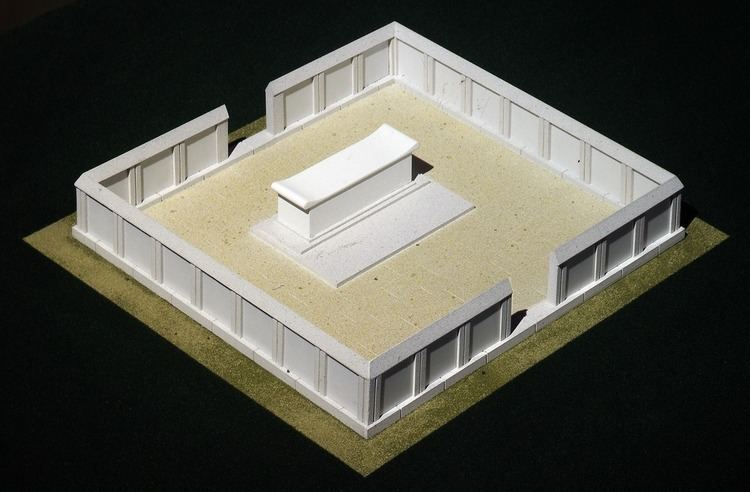
Geographic center
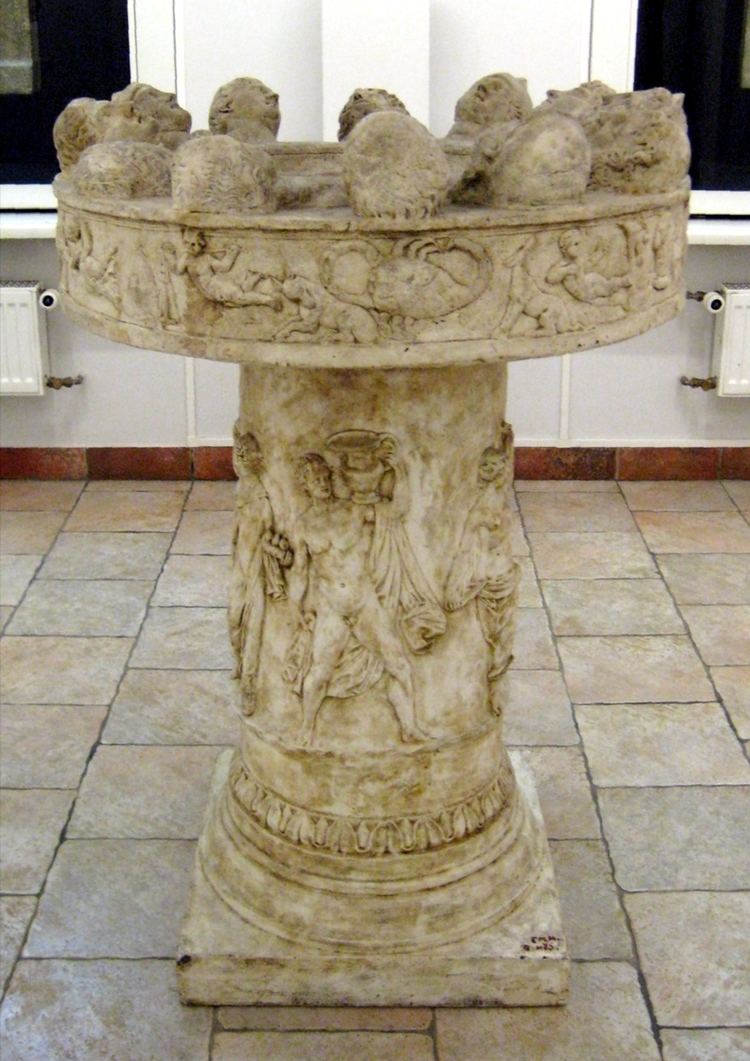
The altar became the zero point from which distances to Athens were calculated. A milestone, c. 400 BC, found near the gate to the Acropolis reads: "The city set me up, a truthful monument to show all mortals the measure of their journeying: the distance to the altar of the twelve gods from the harbor is forty-five stades". The fifth century BC historian Herodotus tells us that the distance from Heliopolis to the sea is similar to the distance "from the altar of the twelve gods at Athens to the temple of Olympian Zeus at Pisa."
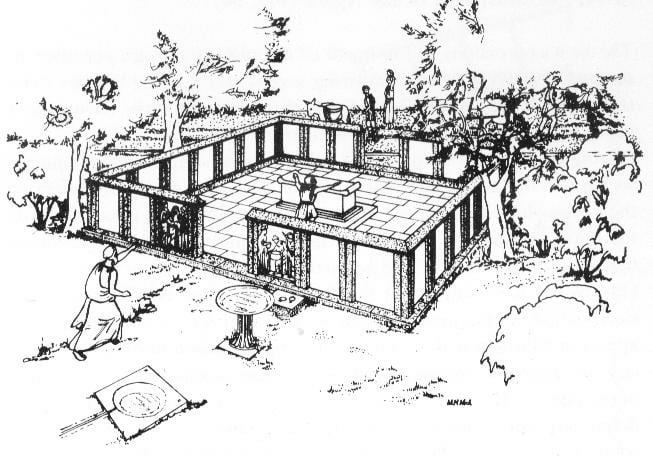
Pindar may have been referring to the Altar of the Twelve Gods and its central status, as is supposed by many scholars, when he wrote:
Supplication and refuge
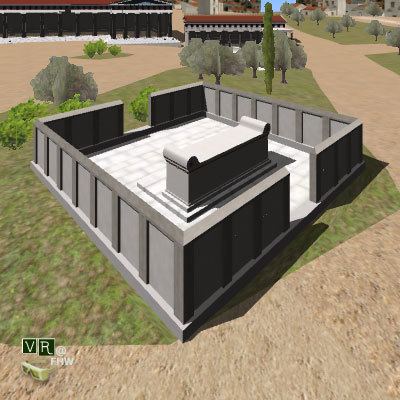
The altar also functioned as a place of supplication and refuge. In 519 BC, when the Plataeans came to Athens seeking protection from Thebes, according to Herodotus, while "the Athenians were making sacrifices to the twelve gods, they [the Plataeans] sat at the altar as suppliants and put themselves under protection." In 431 BC, as the result of accusations of the misappropriation of public funds involving Pericles and the sculptor Phidias, some of Phidias's assistants sat as suppliants at the altar. And, shortly before his execution at Athens (in about 355 BC), the Athenian general Callistratus took refuge there as well.
Modern discovery
The exact location of the altar within the agora, unspecified in ancient sources, was discovered through excavations in 1891 and 1934. Two short sections of wall were uncovered in 1891, during construction of the Athens-Piraeus Electric Railway. In 1934 during excavations conducted by the American School of Classical Studies at Athens in the agora, to the south of the railway, the southwest corner of an enclosure was discovered, which was identified as the continuation of the sections of wall discovered in 1891. Also discovered abutting the west wall, was a Pentelic marble statue base inscribed on its front:
"Leagros son of Glaucon dedicated this to the twelve gods"thus identifying the enclosure as that of the Altar of the Twelve Gods.
More of the altar was uncovered by Greek archaeologists in 2011 when the train tracks were temporarily removed for maintenance work. Once the altar was exposed, archaeologists and a group promoting the revival of ancient Greek polytheism filed legal injunctions to prevent replacement of the tracks of the Athens-Piraeus Railway. The court ruled that public transportation needs prevailed, and the altar was covered up again in August 2011.
